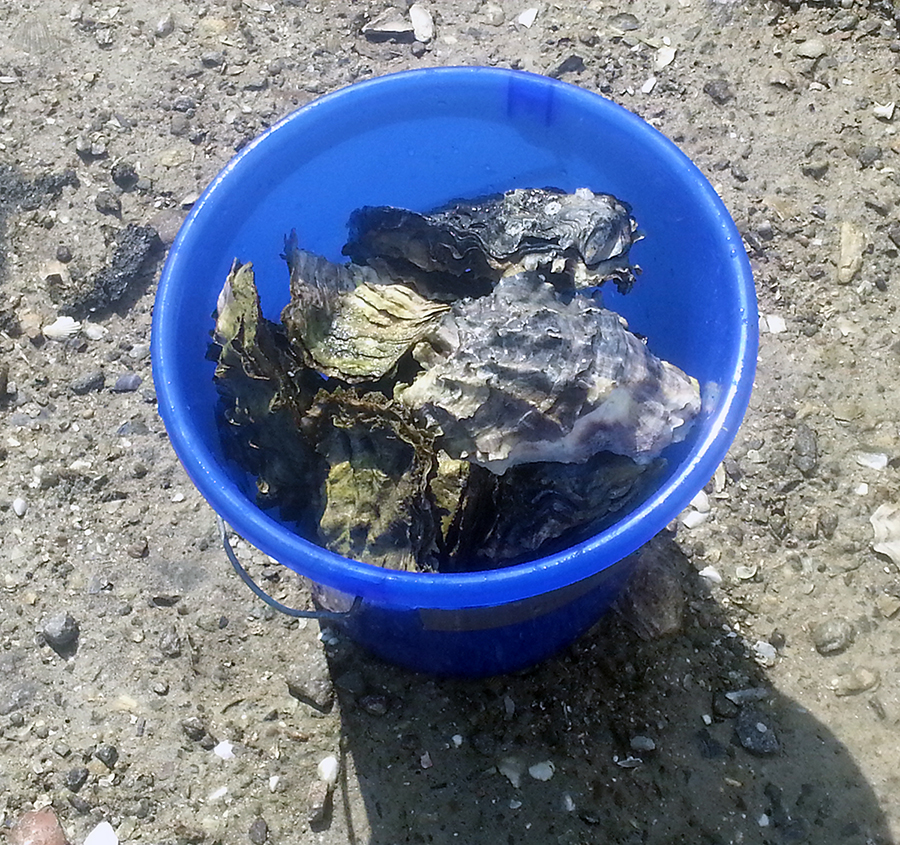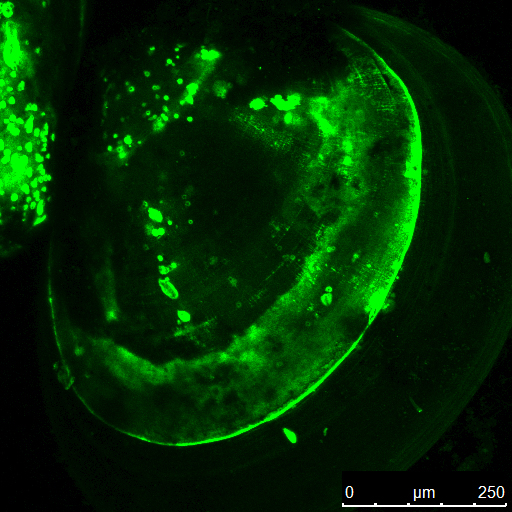 From biomimicry to population genetics, the results explore the issues facing the shellfish industry - worth in excess of an estimated €526 million a year – and how it will fare under climate change and ocean acidification.
From biomimicry to population genetics, the results explore the issues facing the shellfish industry - worth in excess of an estimated €526 million a year – and how it will fare under climate change and ocean acidification.
This is the most comprehensive study of shellfish produced by young researchers as part of the CACHE partnership on how shells are produced and maintained and what can be applied to industry.
One study of the proteins in clams highlights that their shells are not only used for protection but might also help with their immunity. Another looks at how discarded shells from the aquaculture industry, of which there are around 6-8 million tonnes per year, could become a valuable commodity if used for oyster reef reconstruction programmes or large-scale carbon sequestration techniques.
 Co-author Jaison Arivalagan from Museum National d’Histoire Naturelle says:
Co-author Jaison Arivalagan from Museum National d’Histoire Naturelle says:
“There is still much to learn about shellfish and how they make their calcified shells which are unbelievably strong. What’s interesting is how the proteins in bivalve shells are diverse with known and yet to be discovered functions. Researchers thought the proteins were used solely to create the shell structure and yet the shell might also provide biochemical protection against pathogens in their habitat – creating a stronger immunity against the outside environment.”
CACHE Principal Investigator and Co-ordinator plus co-author, Dr Melody Clark, from British Antarctic Survey (BAS) says:
“Our oceans are changing; they are becoming warmer and more acidic so understanding how these commercially important shellfish can deal with future change is essential. I’m really excited to see the publication of this special issue dedicated to the work of young researchers in our network. These preliminary results show great promise as building blocks for future research on shells and shell production. This is an area of increasing importance as it impacts on sustainability and socioeconomic issues.”
More about CACHE ITN:
The CACHE partnership (Calcium in a Changing Environment) is a Marie Curie Initial Training Network (ITN), grant no 605051, funded under the EU FP7 programme which has the aim of studying how shells are produced and controlled in four of Europe’s most important commercial marine shellfish species, oysters, mussels, clams and scallops. This is being achieved through the training of 10 PhD students around Europe in many different disciplines.
More here>>
Link to article>>
Contacts:
Alexander Ventura, alexander.ventura@bioenv.gu.se, 0763- 20 55 23 – Twitter: @xela3185
Last photo shows a “glowing” juvenile bivalve shell. The image was generated using a confocal microscope. The shell seems to glow because it is stained with a fluorescent dye called calcein. When present in the surrounding water, calcein is incorporated into the newly secreted shell. The fluorescence of calcein is then picked up by a confocal microscope which uses lasers as a light source and the shell which is produced during the period of exposure becomes visible. This technique can be used to measure calcification rate in bivalves.
Photo of oyster, Kirsikka Sillanpää.
 From biomimicry to population genetics, the results explore the issues facing the shellfish industry - worth in excess of an estimated €526 million a year – and how it will fare under climate change and ocean acidification.
From biomimicry to population genetics, the results explore the issues facing the shellfish industry - worth in excess of an estimated €526 million a year – and how it will fare under climate change and ocean acidification. Co-author Jaison Arivalagan from Museum National d’Histoire Naturelle says:
Co-author Jaison Arivalagan from Museum National d’Histoire Naturelle says: